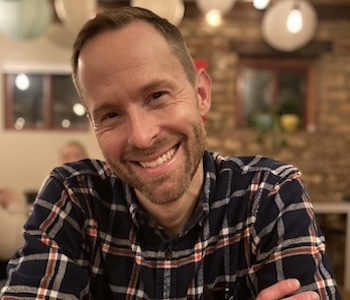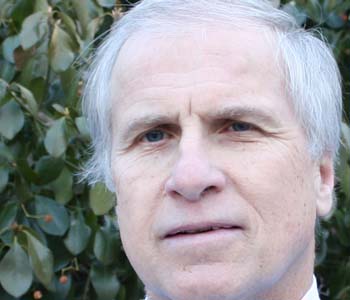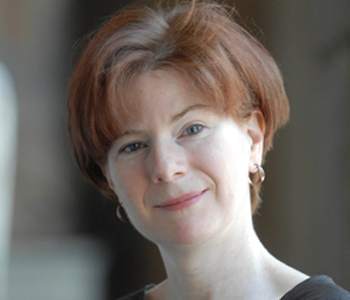Philippe Rochat
Others in Mind: Social Origins of Self-Consciousness
Cambridge University Press
264 pages, 9 x 6 inches
ISBN 978 0521729659
Others in Mind is a book about self-consciousness: how it originates and how it shapes our lives. Self-consciousness is arguably the most important and revealing of all psychological issues. Why are we so prone to guilt and embarrassment? Why do we care so much about how others see us, about our reputation? What are the origins of such afflictions? The book deals with the issue of self-consciousness as a unique feature of the human psychological condition.
It is because we are members of a species that evolved the unique propensity to reflect upon the self as object of thoughts—and one that is potentially evaluated by others. But, the argument goes, this propensity comes from a basic fear: the fear of rejection, of being socially “banned” and ostracized.
From this simple premise, I look at young children and their development, but also at many other intriguing human propensities, to see what they have to tell us about the social origins and nature of human self-consciousness.
The main idea I develop in the book is that human psychic life is predominantly determined by what we imagine others perceive of us. We exist and gauge the worth of our existence primarily through the eyes of others. More importantly, others also determine whether I am right to feel safe, in particular, safe of not being rejected by them. Feeling safe is part of the “good life” and it is inseparable from the feeling of being affiliated. The argument I propose is that it all depends on the recognition and acknowledgment of self by others.

I look at young children and their development, but also at many other intriguing human propensities, to see what they have to tell us about the social origins and nature of human self-consciousness.
Other in Mind is neither just another dry academic book, nor a self-help book. It is about sharing what I see as a crucial aspect of what makes us part of a self-reflective species. It is an invitation to explore what it means to be human, alive in this world, and how we construe our being in relation to others.
I have meant the book to be more than an academic concoction for the few initiated specialists. Based on empirical observations, primarily developmental observations of children, Others in Mind is a book of ideas, taping into both developmental and anthropological phenomena and guided by strong existential intuitions regarding the human condition. At the core of these intuitions, there is the idea that human psychic life is predominantly determined by what we imagine others perceive of us.
I write in the book that “the struggle for recognition is the struggle for existence itself.”
I hold that to be ignored and rejected by others means psychological death. Around page 225 in the book, I illustrate this idea by what I understand to be the tragic life story of abstract expressionist and action painter Jackson Pollock.
Pollock is an influential artist who is recognized as one of the major tenors on the mid-20th Century North American art scene. In the 1940s and 1950s he was at the origins of a new movement and a radically new style in painting by which he tried to leave on the canvas direct traces of inner feelings via gestures of pure vitality. Pollock died after producing a series of large paintings that he covered with energetic drips of paints, his most famous paintings or “drip paintings.” Obviously, this new style was revolutionary and highly controversial, derided by most, but admired by a few clairvoyant, avant-garde connoisseurs.
Pollock was from the rural South of the United States. Unlikely, he left his hometown, driven by his art to live in a very different community of artists and gallery owners in New York City where things were hopping and happening. During his lifetime and unlike many other highly successful artists, Pollock got very famous and received much recognition in terms of money and public exposure, for better or worse. He had a serious drinking problem that got worse and eventually killed him at the pinnacle of success and recognition. Life magazine had a cover story on him and a film documented his art. His work was shown in major museums and galleries. He was highly regarded and supported by rich collectors and respected art critics. So what happened? I will submit that it is all about the issue of authenticity. With success comes expectations and social pressures, the risk of disappointing others and the feeling to have maybe reached a ceiling. This is what probably killed Pollock.

With success comes expectations and social pressures, the risk of disappointing others and the feeling to have maybe reached a ceiling. This is what probably killed Pollock.
Others in Mind deals with a universal and overarching psychological phenomenon that all people should relate to and should be intrigued by. This phenomenon is self-consciousness as constitutional element of the human psyche. I have tried to answer where self-consciousness does come from, and what consequences it has on the way we experience our life.




We don't put paywalls. We don't distract you with ads. We don't sell your data.
Please help to keep this running!